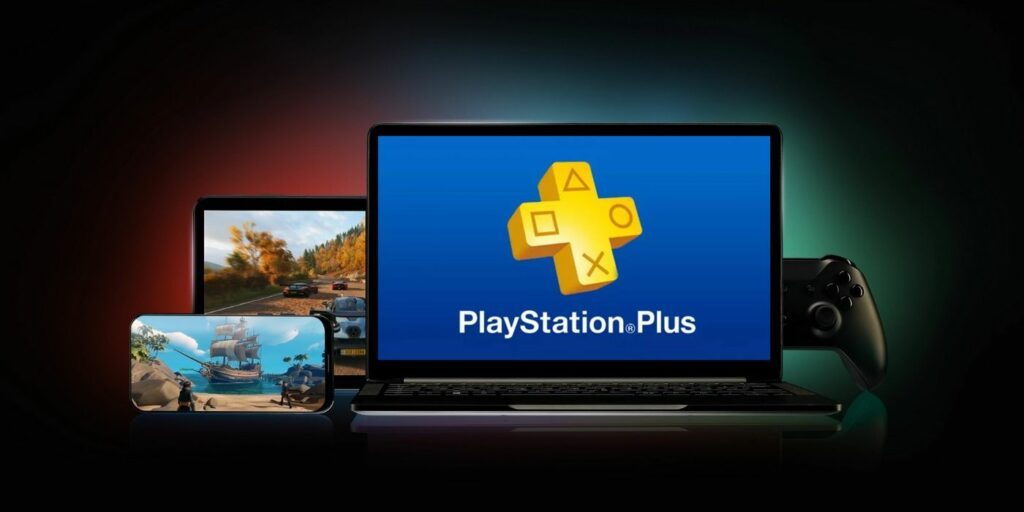As the digital realm continues to evolve, the intersection of cloud technology and web standards has emerged as a central theme in the world of gaming. Integrating the cloud with HTML5 presents a plethora of opportunities with implications not just for developers, but for players worldwide as well. This discussion will explore the myriad ways in which this integration is reshaping browser gaming, laying the foundation for a future where experiences are seamless, immersive, and universally accessible.
The paradigm shift from traditional, client-based gaming to cloud-based modalities is a testament to the accelerating pace of technological innovation. Browser games, long relegated to the sidelines in terms of complexity and engagement, are now being invigorated by cloud processing capabilities, thanks in large part to HTML5.
Cloud gaming, synonymous with concepts such as game streaming, allows players to access high-quality gaming experiences without necessitating robust hardware. Instead, computing power resides in the cloud, enabling devices—be they low-spec computers, tablets, or smartphones—to perform at levels unimaginable just a decade ago. The integration of HTML5 facilitates this transformation by providing a versatile framework that supports captivating graphics and interactive experiences directly within the web browser.
However, what does the future hold for browser gaming as these two powerful technologies converge? This exploration will delve deeper into the dynamics at play, investigating the potential, challenges, and future landscape of this burgeoning domain.
Embracing Seamless Experiences: The Virtue of Cloud Integration
One of the most salient advantages of integrating cloud computing with HTML5 is the seamless experience it offers. Gamers are increasingly expecting frictionless transitions between platforms, and with cloud gaming, this expectation is met without reservations. Players can initiate a gaming session on one device and effortlessly transition to another without losing progress. Such cross-compatibility ensures inclusivity and extends the reach of games to broader audiences.
This sort of instantaneous interaction is facilitated by a couple of core components of HTML5: its enhanced storage capabilities and its robust support for multimedia content. The Web Storage API allows for the storage of player data and preferences in a manner that persists across sessions, while HTML5’s ability to handle audio and video natively enables high-definition graphic rendering directly through web browsers.
In addition, the implementation of WebGL, a JavaScript API for rendering 2D and 3D graphics within any compatible web browser without the need for plugins, represents a monumental leap in interactive design. Game developers can craft visually stunning environments that rival those found in traditional gaming sectors, thus attracting a new generation of gamers desiring visually rich and dynamic content.
Another aspect worthy of examination is the increased accessibility gained through this integration. With cloud gaming, the need for high-end hardware or extensive downloads diminishes. Games that were once tied to powerful consoles or PCs can now be played on virtually any device with internet connectivity. This democratization of access facilitates an ecosystem where creativity and innovation thrive, empowering independent developers to reach players without the barriers traditionally posed by equipment limitations.
Challenges Ahead: Navigating the Hurdles of Cloud Gaming
Additionally, security risks inherent to online gaming ecosystems cannot be overlooked. Cloud gaming environments are vulnerable to a range of potential threats, including data breaches and loss of user privacy. As players store personal data, payment information, and gaming preferences in the cloud, any mismanagement or negligence can result in substantial ramifications. Game developers and publishers must invest significantly in cybersecurity measures, ensuring that their platforms are fortified against potential attacks.
Lastly, the business model underlying cloud gaming presents a complex landscape that developers must navigate. Subscription services, pay-per-play, and freemium models all come with their unique challenges and considerations. For developers, identifying the most effective monetization strategy while ensuring a positive user experience is pivotal. Striking this delicate balance will dictate the success of newer titles in a market already crowded with established competitors.
A New Era of Creativity: The Implications for Game Development
As the integration of cloud gaming and HTML5 unfolds, one cannot underestimate the impact it has on the creative ambitions of developers. The barriers to creating immersive gaming experiences are eroding, setting the stage for innovation and experimentation. Lightweight frameworks and accessible development tools encourage smaller studios to explore narratives and gameplay mechanics that challenge conventions.
Furthermore, the collaborative nature of cloud technology enables developers to marinate ideas in a global pool of creativity—a concept known as cloud collaboration. Teams can work in real-time, regardless of their physical locations, and contribute to projects that dissolve traditional boundaries. By harnessing the power of community-driven development, we can anticipate titles that reflect a diverse array of cultural influences and artistic expressions.
Additionally, as accessibility standards become more integrated into design practices, we may see a rise in games tailored for audiences with disabilities. The cloud’s capabilities allow for customizable experiences that can adjust to varying needs and preferences, promoting inclusivity and broadening the potential player base.
The balance of artistry and technology is a dance that evolves continuously. As game development matures within this digital framework, the industry must remember that while technology serves as the vessel, creativity is ultimately what propels the medium forward.
Concluding Thoughts: Embracing the Challenges Ahead
To encapsulate, the integration of cloud technology with HTML5 signifies a transformative epoch in browser gaming. It promises seamless experiences, increased accessibility, and a fertile ground for creativity. However, this evolution is not devoid of challenges; from the necessity of robust internet infrastructure to the imperatives of security and emerging business models, a vigilant approach must guide the industry into this bold new landscape.
As both players and developers embark on this journey into a cloud-powered future, a spirit of collaboration and innovation will be instrumental in maximizing potential and ensuring that the gaming community thrives amidst unpredictable changes.
The call to action is clear—embrace the playful challenges that lie ahead, for therein lies the magic of discovery, engagement, and enrichment in the ever-expanding universe of browser gaming.


